When the sun disappears and most of the world drifts off to sleep, a very different crowd wakes up.
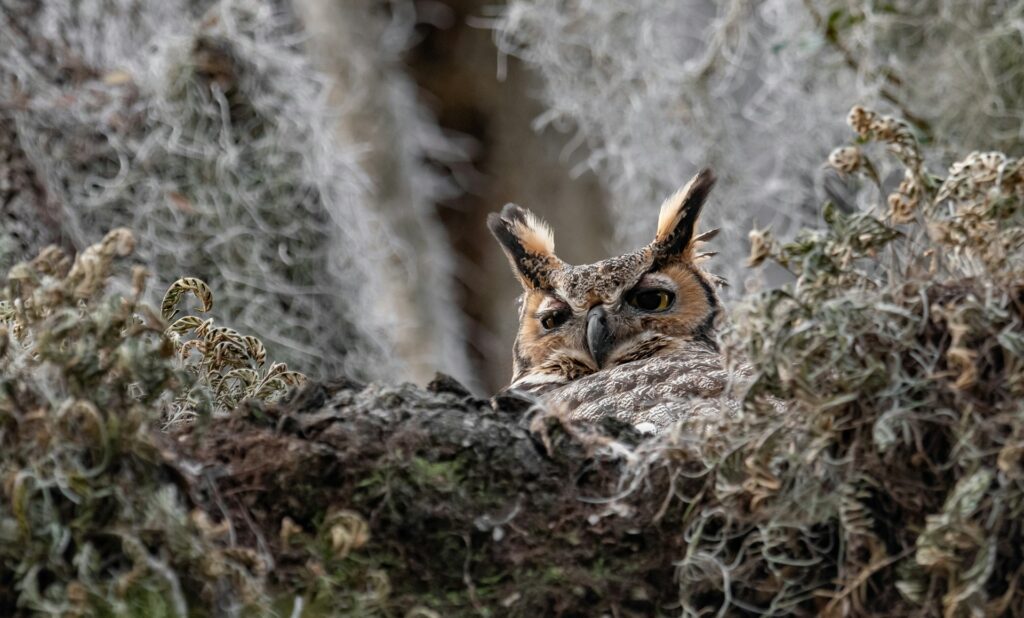
Beneath the quiet, nocturnal life hums with energy—creatures creeping, crawling, flying, and slithering through the darkness, often unseen and misunderstood. Many avoid daylight because of predators; others hunt best under the cover of night; and some are just naturally wired to operate in shadows. Whatever their reasons, these animals have adapted in remarkable (and often unsettling) ways to life in the dark. Here’s a deeper look at some of the creepiest creatures that only come out at night—and what they’re really up to when we’re not watching.
Aye-Aye
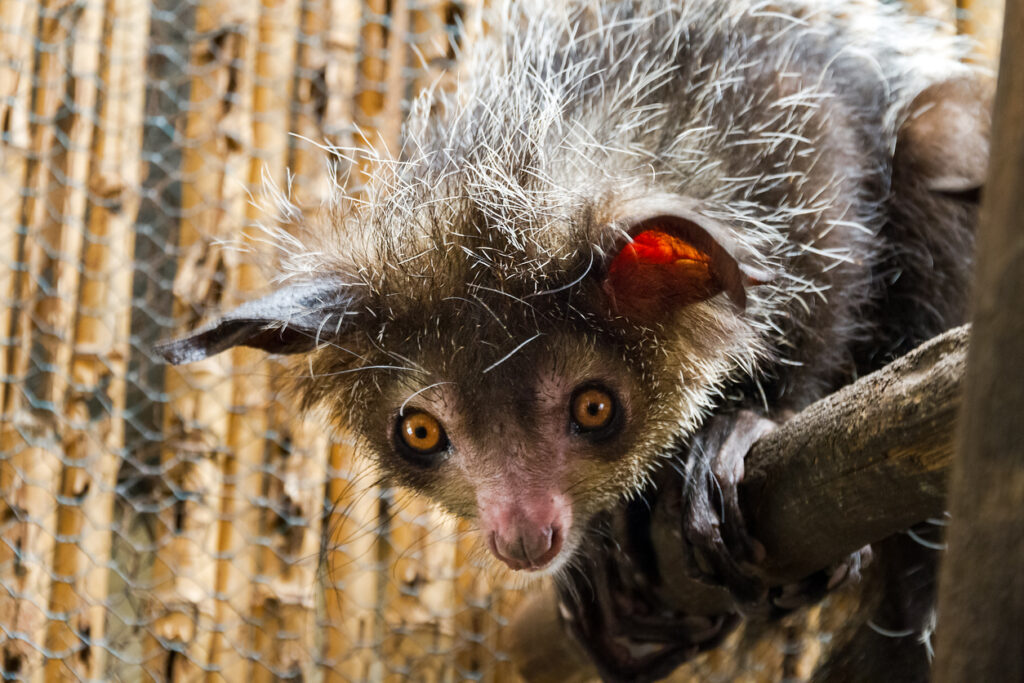
Exclusive to the island of Madagascar, the aye-aye is among the most bizarre primates on the planet. With oversized, reflective eyes, huge bat-like ears, and a skeletal, elongated middle finger, it seems like a creature from a horror film. But that extra finger serves a fascinating purpose—it’s used to tap on tree bark and locate hollow areas that may be hiding insect larvae. Once it finds a cavity, it gnaws a hole and uses its finger to fish out its prey. This specialised feeding method, called percussive foraging, is unique in the animal kingdom.
Their eerie appearance has fuelled myths and superstitions. In some Malagasy folklore, the aye-aye is seen as a harbinger of death, leading to harmful persecution. But in truth, this solitary night-time primate plays a key role in maintaining forest ecosystems by controlling insect populations and spreading seeds.
Vampire bat
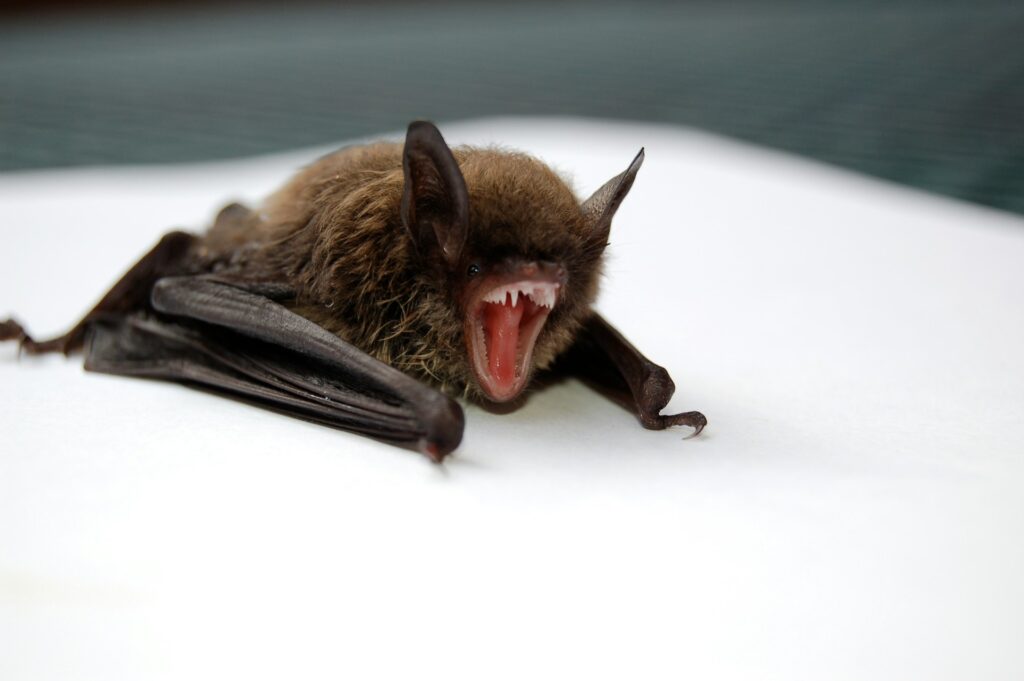
Forget the Dracula myths—real vampire bats are small, agile, and a lot more practical in their approach to feeding. Native to parts of Central and South America, vampire bats survive by feeding on the blood of animals, typically livestock. They make tiny incisions with razor-sharp teeth and lap up the blood, aided by anticoagulant enzymes in their saliva to keep the flow going.
They usually feed for about 20 to 30 minutes without the host noticing. Their feeding doesn’t often cause harm in itself, but they can spread serious diseases like rabies. Interestingly, vampire bats are also social creatures—they’ve been observed sharing food with roost mates who haven’t fed, a behaviour that’s rare among non-human animals.
European mole
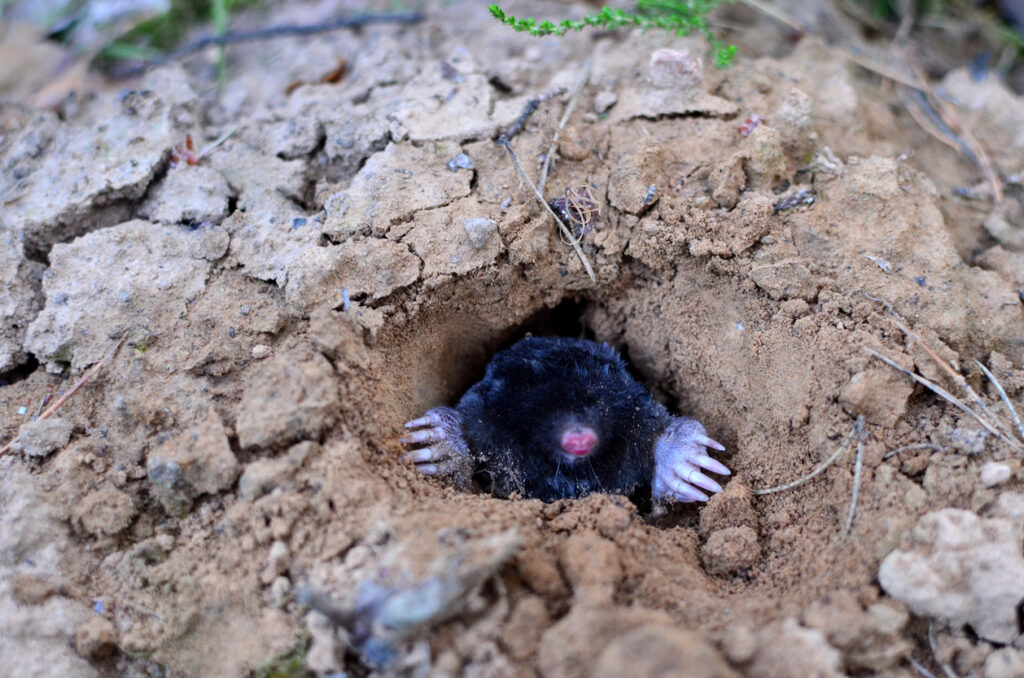
While not entirely nocturnal, the European mole is most active in the dead of night. Living underground for most of its life, it relies almost entirely on touch and smell to find food. Its powerful, shovel-like forelimbs allow it to build intricate tunnel systems in hours, transforming quiet lawns into subterranean cities.
They feed mainly on earthworms, but their hunting techniques are a bit unnerving—they sometimes bite the head off a worm and store it alive for later. These dark, unseen lives contribute to soil aeration and pest control, but there’s something slightly eerie about the ever-moving world just beneath our feet.
Tarsier

Tarsiers are tiny primates with bulging, hypnotic eyes that dominate their petite faces. Each eye is larger than its brain, giving it an extraordinary ability to see in total darkness. Found across parts of Southeast Asia, tarsiers spend their nights leaping through the trees, ambushing insects, small birds, and reptiles with lightning-fast reflexes.
They communicate using ultrasonic frequencies that are out of human range, and their flexible necks—capable of rotating 180 degrees—only add to their otherworldly aura. Their ghostly appearance and sudden, erratic movements make them one of the jungle’s eeriest night-time inhabitants.
Owl
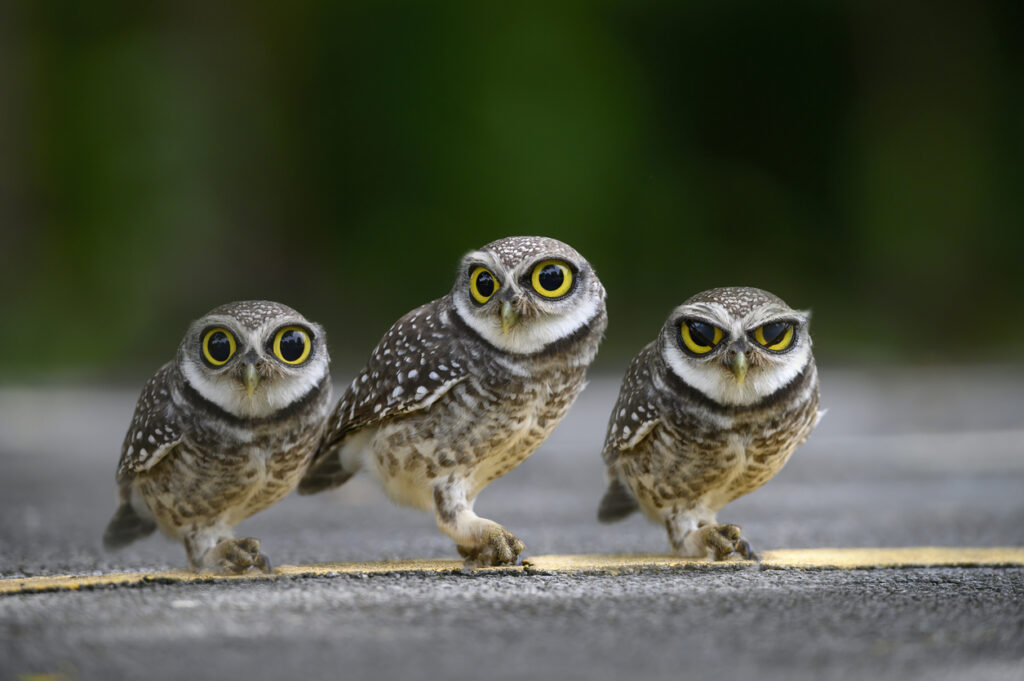
Owls are perhaps the most iconic nocturnal creatures. With their silent flight, fixed forward-facing eyes, and ultra-sensitive hearing, they’re perfectly designed for hunting in low light. Their feathers are shaped to muffle the sound of their wings, allowing them to swoop down on prey with chilling silence.
Different species occupy different habitats—barn owls prefer open farmland, while snowy owls take to tundra and great horned owls hunt in dense woods. Their haunting hoots and sudden, gliding appearances have cemented their reputation in mythology as omens of mystery or death. But in reality, they play a vital role in controlling rodent populations and balancing local ecosystems.
Lamprey

The lamprey looks like a cross between a leech and an eel—and it feeds like something out of a nightmare. These jawless, ancient fish latch onto other fish using a circular sucker-like mouth lined with rows of teeth. They rasp a hole into the host’s flesh and feed on its blood and bodily fluids.
While not all lamprey species are parasitic, those that are tend to feed at night. Their prehistoric appearance and unsettling feeding technique make them one of the creepiest underwater creatures out there. Lampreys also have a surprising endurance—they’ve remained relatively unchanged for over 360 million years.
Giant desert centipede

With a leg count that creeps well into the dozens and a length that can reach over 20cm, the giant desert centipede is the kind of creature that haunts dreams. Found in arid parts of the southern United States and northern Mexico, it emerges after dark to hunt.
Its venom is potent enough to kill lizards, frogs, and even small mammals. It delivers painful bites to humans, too—while not lethal, the sting can cause swelling, fever, and hours of pain. Their bold colouring, rapid movements, and aggressive hunting style make them both fascinating and deeply unsettling.
Slender loris
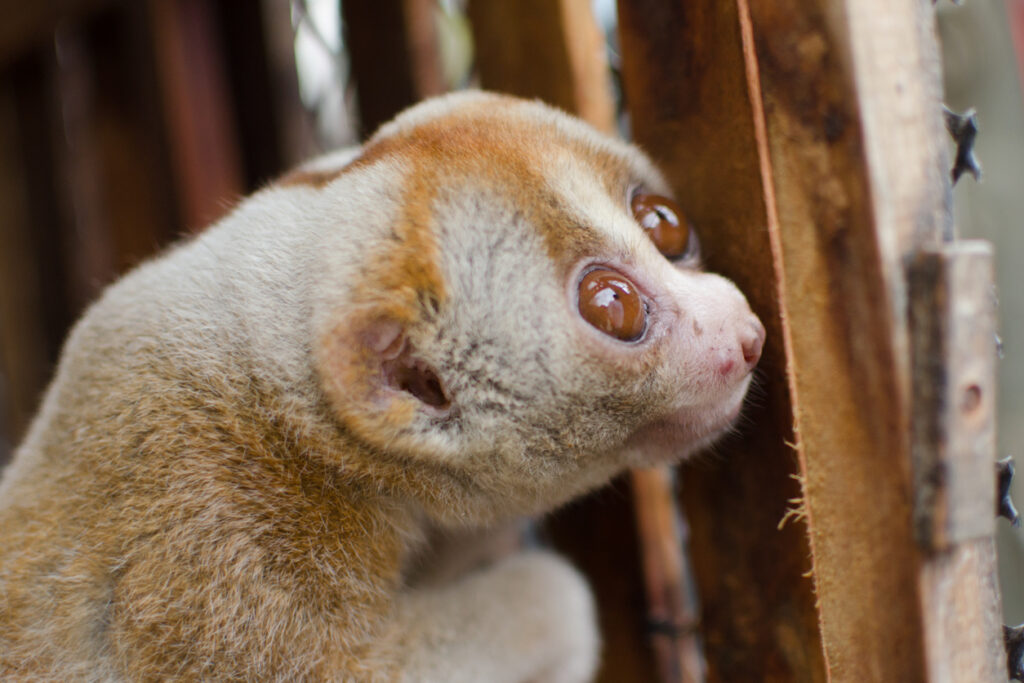
The slender loris is an odd-looking primate with long limbs, oversized eyes, and an eerily slow way of moving. It uses its silence and stealth to hunt for insects, lizards, and small birds during the night. Native to the forests of India and Sri Lanka, its ghostly appearance and reflective eyes add to its mythic reputation.
In local folklore, it’s sometimes viewed as a bringer of misfortune, but it’s actually a vulnerable species suffering from habitat loss and illegal capture. Its nocturnal lifestyle makes studying it difficult, but it’s clear this shy animal plays an important role in insect control and forest health.
Goliath tarantula

The goliath tarantula is the heavyweight of the spider world—measuring up to 30 centimetres across. Native to the rainforests of northern South America, this massive arachnid is a night-time predator, hunting frogs, insects, and even small mammals.
Despite its intimidating size and appearance, the goliath tarantula is not especially dangerous to humans. Its venom is relatively mild, but its large fangs can puncture skin. When threatened, it can also release irritating hairs from its abdomen, which can cause rashes and eye irritation. Still, seeing one creep out of the shadows at night is enough to unnerve even the most seasoned explorer.
Ghost bat
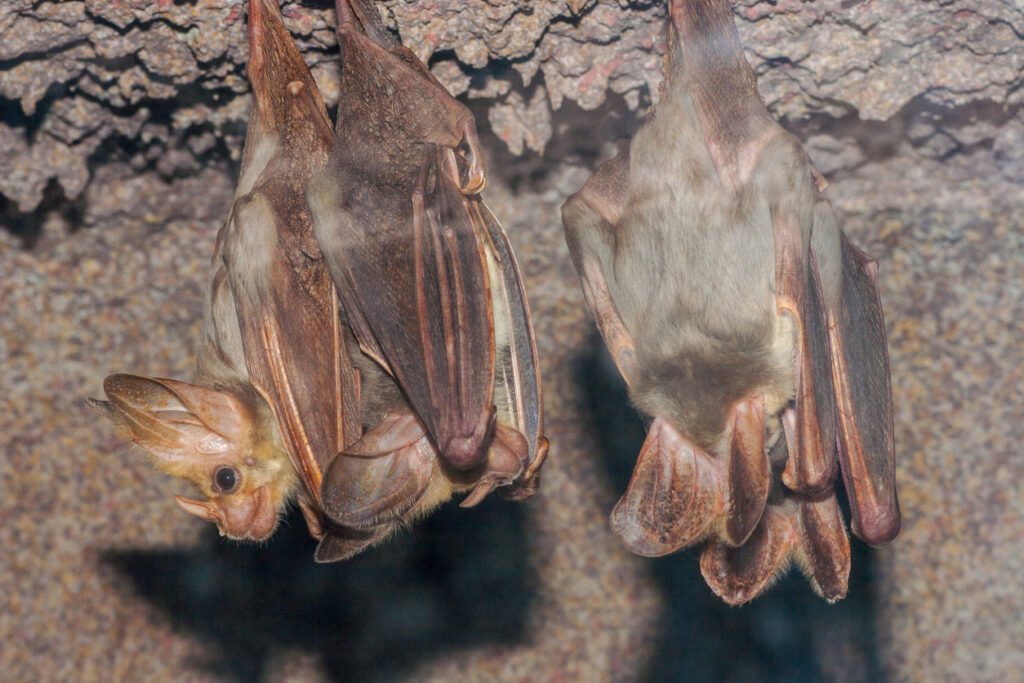
Native to northern Australia, the ghost bat gets its name from its pale, almost translucent appearance. It’s one of the only bat species that feeds on larger prey, such as birds, frogs, and even other bats. Using powerful jaws and razor-sharp teeth, it strikes under the cover of darkness.
Its eerie appearance, silent flight, and predatory habits have made it the subject of spooky stories—but it’s actually a rare and vulnerable species that plays a vital role in controlling prey populations in its ecosystem.
Nightcrawler earthworm

It may not be as flashy as some of the others, but the common nightcrawler is a master of the dark. Emerging only at night, these worms play an essential role in soil health. They consume organic matter, aerate the soil, and improve nutrient cycling.
They’re also impressively strong—capable of pulling leaves and debris into their burrows. Their glossy, writhing bodies glisten in torchlight, and while they’re far from dangerous, there’s something undeniably eerie about watching dozens of them surface in the rain.